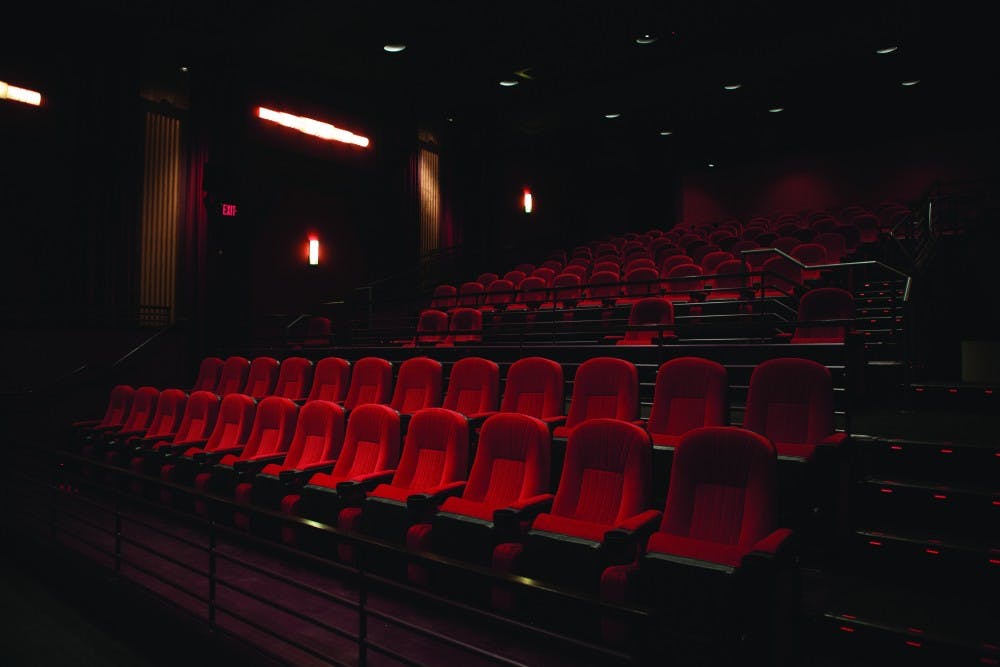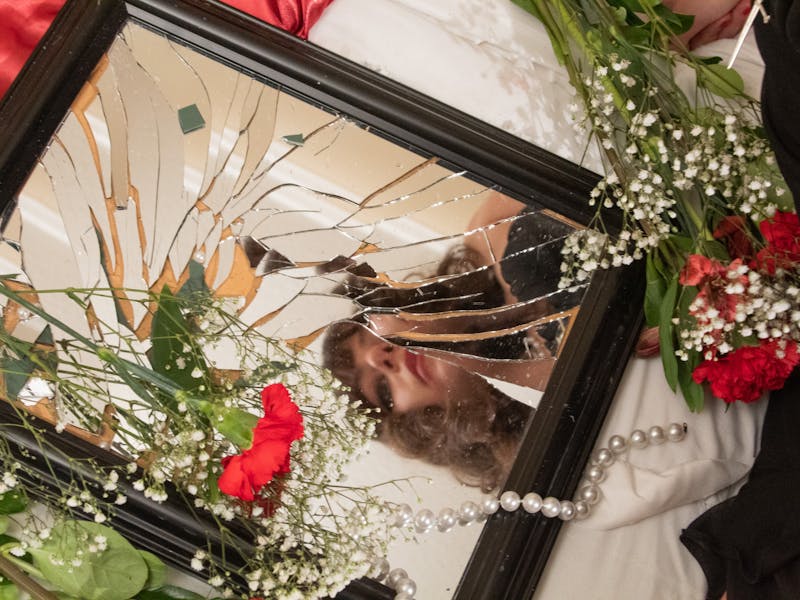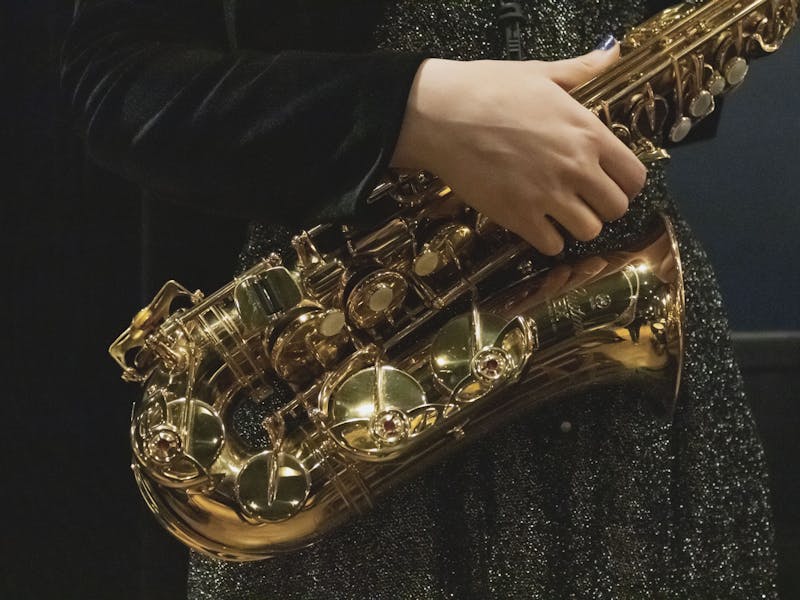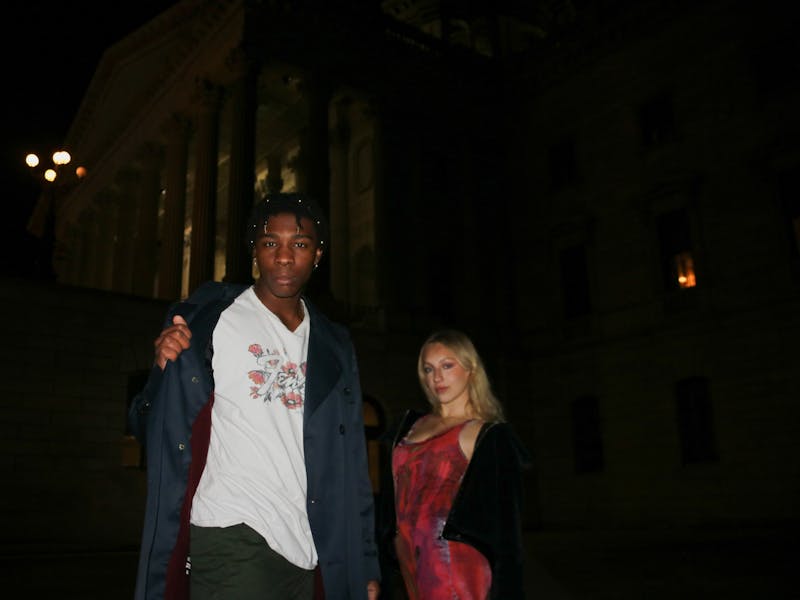AS POPULATION AND DIVERSITY INCREASE IN URBAN AREAS SUCH AS COLUMBIA, RESIDENTS OF THE AMERICAN SOUTHEAST ARE ATTEMPTING TO CRAFT THEIR OWN IDENTITIES THROUGH ART. WHETHER IT IS TO DISASSOCIATE FROM THE CONTROVERSIAL STEREOTYPES TIED TO THE SOUTH OR TO CONVEY INDIVIDUALISM IN ITS PUREST FORM, COMMUNITY GALLERIES, THEATERS AND PUBLIC SPACES OFFER ARTISTS THE OPPORTUNITY TO EXPRESS THEMSELVES.
Indie Grits, for example, The Nickelodeon Theatre’s premier annual arts festival, is paving the way for independent artists to connect with the community by developing works that are specifically geared toward Southeast culture. Indie Grits started in 2007 as a festival to simply showcase experimental film from around the Southeast region. Three years ago, however, co-directors Seth Gadsden and Andy Smith decided to feature more than just film by curating contextual art that was relevant to the Columbia community. The festival directors began working with cohorts of 15-20 artists throughout the year, developing new art using an expansive list of mediums. These artists were encouraged to collaborate on work that responded to a particular theme that was presently affecting the region.
“We started theming the festivals in 2015 to curate art and initiate discussion,” Gadsden says. “A big part of Indie Grits and The Nickelodeon’s mission is social justice … We like to take on issues in the community and then figure out how art functions within that community.”
In 2016, Indie Grits theme “Waterlines” demonstrated the effects of the thousand-year flood that occurred in Columbia the previous October. Indie Grits selected a group of local and regional artists to explore the city’s new relationships with South Carolina waterways while attempting to heal and strengthen community members who were affected by the natural disaster.
“That opportunity became front and center,” Gadsden says. “Our theme for 2016 was already ‘The River’ but we decided to change it to ‘Waterlines’ to target the recent flood. We work to commission art that responds to issues. We feel like it’s not good enough to just exhibit and present. We also need to be out there engaging … Our goal is to manufacture empathy and to manufacture art that leads people to care and see something in a new way.”
This year, the Indie Grits theme “Visiones” will explore the Latino influence in the South, allowing Latino artists from South Carolina, South America and beyond to define their identity through art, music, film, technology, dance, sculpture and more.
Though Indie Grits is a celebration of all cultures, the participating artists will highlight how their Latino roots have shaped their experiences. Columbia residents and Indie Grits attendees are then invited to engage in conversation about the artist’s exhibit. With “Visiones” proving to be such a relevant theme in today’s political climate, Gadsden has emphasized the importance of collectivity for the artists and the community.
“How do we have difficult conversations and make pieces that are challenging, but at the same time not alienating?” Gadsden asks.

Gadsden and Smith explain that the festival gives its thousands of local and out-of-state attendees access to a progressive cultural lifestyle that is unmatched in the Southeast. Advanced media makers are given this venue to share their interest in independent art and further define their identity.
“Depending on who you are, there is a sort of assumption of what Southern identity is,” says USC Southern Studies instructor Jennifer Taylor. “I think that tends to be why many people think of white, rural conservative characteristics as an overarching personality of the South.”
But if Indie Grits is any indication, it’s clear that southerners reach far beyond the confinements of a stereotype. Particularly in urban areas such as Columbia, there are a number of opportunities to craft a unique identity. In addition to The Nickelodeon, Columbia has venues such as Trustus Theatre and Tapp’s Arts Center, which enable residents’ freedom of expression.
“In general, I think southerners are creative beings,” Taylor says. “When we think of distinctly American music, for example, we think of jazz, R&B or bluegrass … We think of William Faulkner, who has written these amazing works. We think of shrimp and grits, which are now a sort of national phenomenon … So it doesn’t surprise me that there is an artistic, independent movement within Columbia based on our history of creativity.”
The influx of new residents also allows for different movements to gain momentum in Columbia and similar areas such as Charleston, Atlanta, Raleigh, Charlotte and New Orleans. These cities, which have established large universities, government buildings or business hubs, attract a wide range of individuals who then find one another and create something new.
“It’s not to say that smaller towns don’t have this diversity,” Taylor says. “It’s just that we have more resources here. This allows us to see a lot of different identities and communities taking shape beyond what people could have imagined 40 to 50 years ago.”
Taylor notes the recent emergence of minority communities in Columbia. It is easy to see the overlap of these communities on campus, in Five Points, in the Vista and on Main Street.
“You know that a community exists because those involved share a like-mindedness,” Taylor says. These communities could stem from the love of a favorite sports team, shared religious beliefs, a common goal or, in The Nickelodeon’s case, a passion for the arts.
The Nickelodeon encourages this creative community by hosting a number of educational programs for children, minority groups, theatre members and general art enthusiasts. Other small businesses on Main Street also work together to showcase artists, musicians, chefs, farmers and independent business owners with events throughout the year such as Soda City Market and First Thursdays on Main.
“You can see [these organizations] reaching out philanthropically as well,” Taylor says. “One of the organizations that comes to mind is Girls Rock Columbia, which hosts a summer camp that is meant to uplift women through music. I don’t think something like that would exist if you didn’t have these vibrant, independent thinkers taking charge.”
It’s important to support these organizations that encourage independent thought as they can influence our future.
“Creative people are the leaders in my mind,” Gadsden says. “The Nickelodeon can facilitate creativity in a way by building work environments and spaces to support artists’ ideas and help them complete their visions,” he continues. Indie Grits embodies exactly that.
Crafting an identity is challenging in itself. Presenting that identity to an audience who might not be able to relate is even more difficult. The selected “Visiones” cohort artists will bravely demonstrate their journeys to Indie Grits audience members with an ultimate goal of mutual understanding. This type of communication across cultures can potentially benefit all parties involved.
As featured artist Jorge Intriago states,“I hope that my work with Indie Grits will highlight that the fabric of America is beautiful in its diversity.”
SEE INDIE GRITS “VISIONES,” HOSTED BY THE NICKELODEON THEATRE, FROM APRIL 20 TO 23. INDIEGRITS.COM



